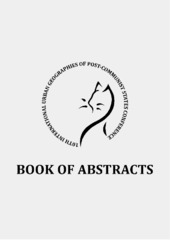Приказ основних података о документу
Neglect and Allure: Gentrification of the Concrete Utopia
| dc.creator | Nikolić, Sara | |
| dc.date.accessioned | 2023-10-17T10:30:57Z | |
| dc.date.available | 2023-10-17T10:30:57Z | |
| dc.date.issued | 2023 | |
| dc.identifier.uri | https://www.cat2023.lu.lv/fileadmin/user_upload/lu_portal/cat2023.lu.lv/CATference_BOOK_OF_ABSTRACTS.pdf | |
| dc.identifier.uri | http://rifdt.instifdt.bg.ac.rs/123456789/2958 | |
| dc.description.abstract | New Belgrade blocks have a contradictory reputation. On the one hand, they are large housing estates constructed in the late 1960s and early 1970s, lacking maintenance over the past half-century. Due to the giveaway privatization of the public housing stock, limited capacity of public utilities and the unresolved status of open block spaces, the dwelling units, common areas and the public spaces within the estates have been poorly maintained. The ageing buildings have leaky roofs, flooded basements, and deteriorating thermal insulation. Nevertheless, despite these drawbacks and the long-standing portrayal of a "concrete ghetto" in Serbian cinema, New Belgrade still is a desirable place to live. Based on the ethnographic study of two residential blocks, this paper delves into the contentious realm of urban transformation, focusing on the gentrification process in New Belgrade. Through a meticulous ethnographic exploration conducted between May 2020 and December 2021, this research sheds light on the complexities of "soft" gentrification and offers insights into the lived realities of young professional parents. This paper suggests that the YUPPS, attracted by the architectural value and infrastructural qualities of the socialist-modernist housing estates, are affluent in both the economic and the social capital and thus represent the forerunners of the gentrification process in New Belgrade. Furthermore, by analyzing the transformation of public spaces, the research uncovers the growing trend of childification, reflecting the new values and preferences of the emerging creative and technocratic middle-class residents that displace poor homeowners of the socialist-middle class. In summary, the paper argues that New Belgrade, although gentrified, is still living up to its founding ideal of becoming a family-friendly middle-class utopia. By emphasizing these insights, this paper contributes to the broader discourse on gentrification, urban transformation, and the complexities of class dynamics in post-transitional cities. | sr |
| dc.language.iso | en | sr |
| dc.relation | "info:eu-repo/grantAgreement/MESTD/inst-2020/200025/RS//" | sr |
| dc.rights | openAccess | sr |
| dc.rights.uri | https://creativecommons.org/licenses/by/4.0/ | |
| dc.source | Book of Abstracts, 10th International Urban Geographies of Post-Comunist States Conference | sr |
| dc.subject | gentrification | sr |
| dc.subject | New Belgrade | sr |
| dc.subject | large housing estates | sr |
| dc.subject | lived-in monuments | sr |
| dc.subject | class dynamics | sr |
| dc.title | Neglect and Allure: Gentrification of the Concrete Utopia | sr |
| dc.type | conferenceObject | sr |
| dc.rights.license | BY | sr |
| dc.citation.spage | 35 | |
| dc.type.version | publishedVersion | sr |
| dc.identifier.fulltext | http://rifdt.instifdt.bg.ac.rs/bitstream/id/10208/CATference_BOOK_OF_ABSTRACTS.pdf | |
| dc.identifier.rcub | https://hdl.handle.net/21.15107/rcub_rifdt_2958 |

